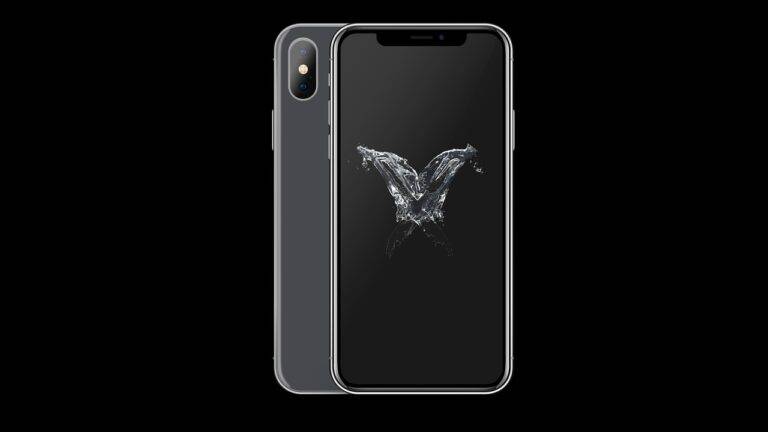Tech in Sports Medicine: New Treatments and Therapies
Athletes and fitness enthusiasts are increasingly turning to novel methods to minimize the risk of injuries during training and competitions. One such technique gaining popularity is proprioceptive training, which focuses on enhancing body awareness and balance through specific exercises and drills. By challenging the body’s ability to maintain stability and control, individuals can improve their coordination and decrease the likelihood of sustaining injuries related to imbalance or poor movement patterns.
Another effective approach in injury prevention is incorporating functional movement screening into regular workout routines. This method involves assessing an individual’s movement patterns and identifying any limitations or dysfunctions that may predispose them to injuries. By addressing these areas of weakness through targeted exercises and corrective strategies, athletes can improve their overall movement quality and reduce the risk of injuries associated with poor biomechanics.
Revolutionary Tools for Rehabilitation
In recent years, advancements in technology have paved the way for revolutionary tools to enhance the process of rehabilitation for individuals recovering from injury or surgery. These tools are designed to optimize the rehabilitation process by providing personalized and effective treatment options to improve recovery outcomes. By utilizing cutting-edge technology, these tools aid in restoring function, improving mobility, and accelerating the healing process.
One such innovative tool gaining popularity in rehabilitation settings is virtual reality (VR) technology. VR technology allows patients to engage in immersive rehabilitation exercises and activities that promote movement, balance, and coordination. By creating a simulated environment, VR offers a unique way to motivate patients during their rehabilitation journey and helps in retraining and strengthening muscles effectively.
What are some innovative techniques for injury prevention mentioned in the article?
Some innovative techniques for injury prevention include using wearable technology to track movement patterns and identify potential risks, incorporating virtual reality training to improve balance and coordination, and utilizing biofeedback devices to monitor muscle activation and improve mechanics.
How can revolutionary tools help with rehabilitation?
Revolutionary tools can help with rehabilitation by providing more personalized and targeted treatment plans, allowing for real-time monitoring of progress and adjustments as needed, and offering new ways to engage and motivate patients in their recovery journey.
Are these tools accessible to everyone?
While some of these tools may be more readily available in certain healthcare settings or through specialized rehabilitation centers, there is a growing trend towards making these technologies more accessible to a wider range of patients and practitioners. It is important to consult with healthcare providers to determine the best options for individual needs and circumstances.





